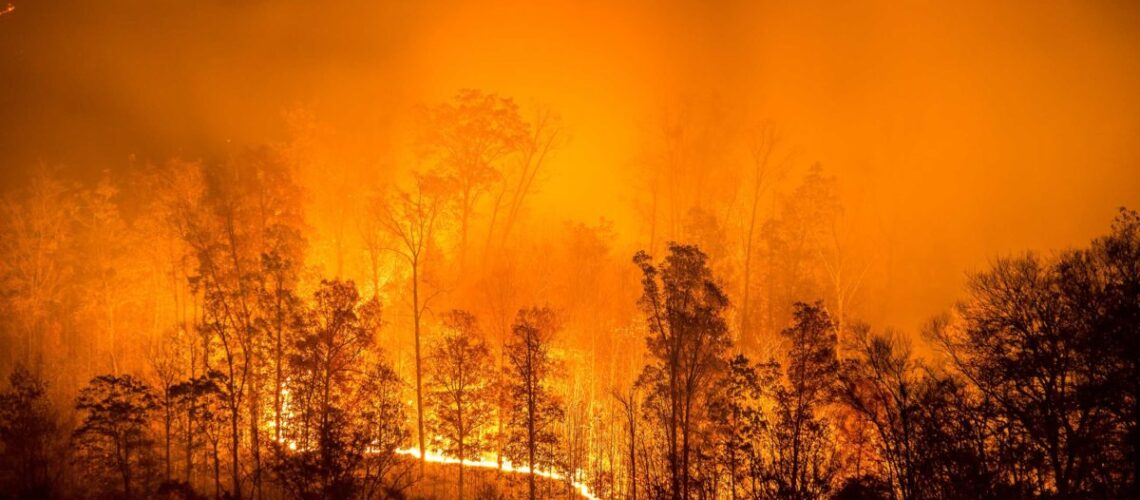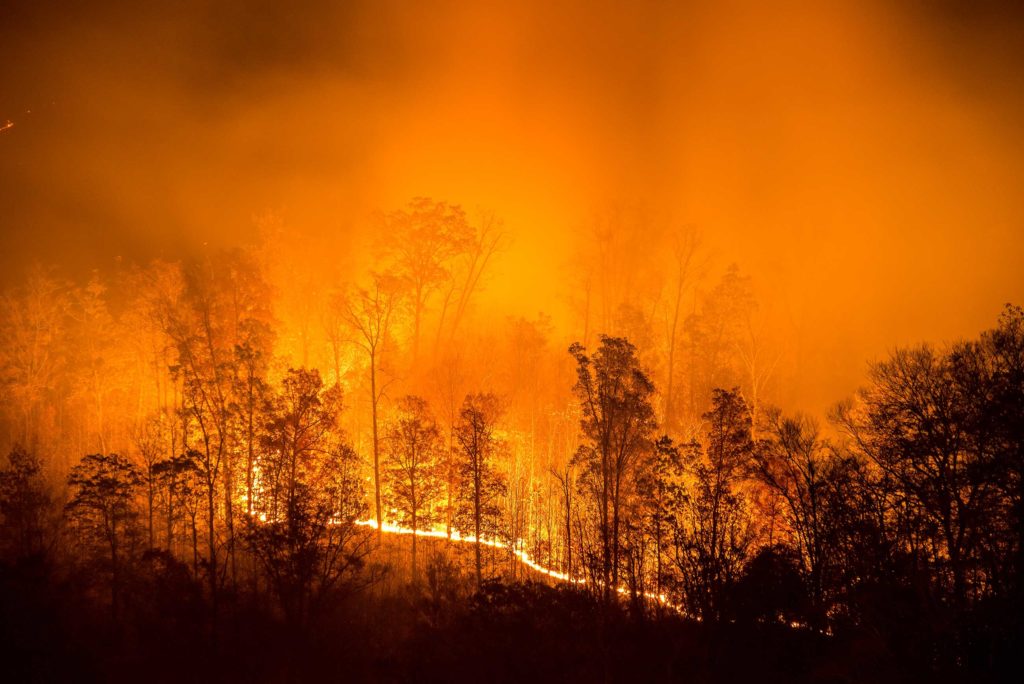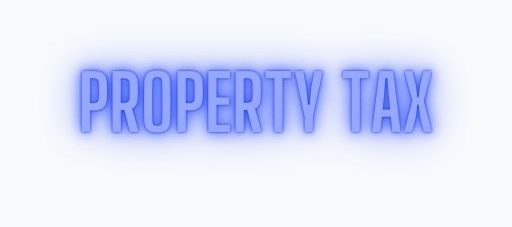California Burning: Environmental Lawyer Deborah Sivas on the LA Fires, Climate Change, and Insurance Nightmares to Come – Legal Aggregate
January 12, 2025

- Major insurance company to drop all condo policies in California
- Consumer connection: What is insurance fraud? | News, Sports, Jobs
- Should you bundle auto and home insurance?
- Los Angeles wildfires rage as California homeowners battle an ‘insurance crisis’
- Southern California homeowner sues Liberty Mutual over canceled policy
The first Stanford Legal episode of 2025 was taped while the catastrophic fires in Los Angeles County burned out of control. Podcast co-host Pam Karlan, the Kenneth and Harle Montgomery Professor of Public Interest Law, began the discussion with Stanford Law School Professor Deborah Sivas, JD ’87, with a quote from writer Joan Didion: In a 1968 essay, Didion wrote:
“There is something uneasy in the Los Angeles air this afternoon, some unnatural stillness, some tension. What it means is that tonight, a Santa Ana will begin to blow, a hot wind from the northeast whining down through the Cajon and San Gorgonio passes, blowing up sandstorms out along Route 66, drying the hills and the nerves to flash point. For a few days now we will see smoke back in the canyons and hear sirens in the night. I have neither heard nor read that a Santa Ana is due, but I know it, and almost everyone I have seen today knows it too. We know it because we feel it.”
Sivas and Karlan engaged in a wide-ranging discussion of California’s fire crisis, highlighting the urgent need for sustainable solutions in an era of intensifying climate impacts. They looked at air quality, rebuilding challenges, the monumental impact on the insurance industry, and the broader implications for urban planning, construction labor, and environmental recovery. Sivas, a Los Angeles native, is the Luke W. Cole Professor of Environmental Law. She also serves as the director of Stanford Law School’s Environmental and Natural Resources Law and Policy Program and directs the Environmental Law Clinic.
The following is an edited and shortened version of the full podcast transcript, which can be found here.
Pam Karlan: Let’s start with the Santa Ana winds. What causes these winds and are they more frequent, stronger, or different than they used to be? Or is it that the ground over which the winds are coming is different now?
Deborah Sivas: Normally you have winds coming inland, off the ocean. But it happens every year, at certain times, that the normal offshore winds reverse course. This has to do with where the high and low pressure systems are sitting. People who live in the region often have an instinct, as Joan Didion wrote about. These winds come from the north and the northeast, from the hot, dry desert.
I don’t know if there is empirical data showing us that the winds are more frequent. I do think that they’re potentially getting stronger as weather systems intensify, but I think primarily what we’re seeing is the interaction of this normal wind pattern against the backdrop of climate change, which is affecting the landscape. Here in Northern California, we’ve had a pretty average winter so far in terms of rain and snowfall. But Southern California has been dry as a bone, with just a little less than about a quarter of an inch of rain. So it is very parched and that is probably affiliated with climate change.
Pam Karlan: We have these very dry, high velocity winds, but what typically causes the fire?
Deborah Sivas: They’ll do forensics afterwards to figure out the source. Perhaps it was caused by a person, or a tiny spark from somewhere, someone flicked their cigarette, or maybe a power line was down. With these hot dry winds, a spark can spread very quickly. The winds themselves are the fuel. The embers scatter as the wind picks them up and drops them onto structures.
Pam Karlan: The areas being destroyed in LA are areas that have been built up for a century, not new construction, right?
Deborah Sivas: That’s right. Although if you look at where the fires are, they’re in the Santa Monica and San Gabriel mountains. Those are areas where the very intense development in the urban area starts to creep up the canyons. It’s at what we call the “wildland-urban interface.”
Pam Karlan: How long does this go on? Because there seems to be a huge amount of fuel available. And the winds are presumably the combination of the Santa Ana winds and now the winds that are created by a firestorm itself.
Deborah Sivas: That’s right. Some of what we’re seeing with climate change is the fires can actually create their own windstorms. So it’s self-perpetuating. But as the Santa Ana winds die down, I think there will be an ability to get some control over these fires.
One of the problems is that Los Angeles is not prepared for five or six major fires at a time. A lot of the firefighters are saying they go open a hydrant and there’s not enough water pressure. I suspect the winds will tamp down and then they’ll get some better control over these fires. But the dry vegetation is still there. So, the next Santa Ana event, which could be next week or next month, could kick them all back up again.
Xem thêm : The Insurance Industry’s Climate Crossroads
Pam Karlan: And is there anything that should have been done that wasn’t done that would have made this less likely to happen? Other than that we should have cured our climate change issues. But short of that?
Deborah Sivas: The more recent studies are showing there may be almost nothing you can do where there’s a high wind velocity and it’s an ember-driven fire. In the Pacific Palisades, it burned right down to the ocean. Even the lifeguard towers were on fire. On the sand. So, there’s not much you can do about that. Nevertheless, we have to start taking more seriously how we can build defensible space around property, as well as think about the materials used in building structures and generally holding new buildings to higher fire standards and retrofitting houses. It’s expensive to do that work.
Pam Karlan: What are the effects of this fire on the air?
Deborah Sivas: A lot depends on the weather patterns. Last night I was looking at Purple Air [a platform that reports particulate emission counts], looking at Pacific Palisades, and it actually looked fairly good. But what was happening was the smoke was blowing off of Pacific Palisades, down the coast, and then looping around to Palos Verdes, which just happens to be where I grew up, and it was intensely red and very poor air quality there. But that wasn’t because there was a fire there, that was because the winds were whipping around. Pacific Palisades is a pretty affluent area, but in some of these inland communities that might get the smoke effects, the people may well be in housing that’s not all that smoke proof. And so they may even be exposed inside. So it creates a real hazard. Recent studies, including from some of our colleagues here at Stanford, are showing that when you have urban areas on fire—houses and cars and those kinds of things on fire—you’re burning plastics and other extremely dangerous materials. And that kind of smoke can be much worse for you than, say, a campfire or something along those lines. People are evacuating the areas that are immediately on fire, but most people aren’t leaving LA, so they’re still breathing in all that.
Pam Karlan: How long after a fire like this gets contained, is the air still going to still be problematic?
Deborah Sivas: Once the Santa Ana conditions die down, we’ll get the normal breezes coming off the ocean, and that’ll start to push the smoke.

Pam Karlan: So, the smoke is going to end up in, say, Ohio?
Deborah Sivas: Exactly. That’s what happened when we had those bad fires up here in Northern California, it all blew out to Montana and Colorado and kept going to the Midwest.
Pam Karlan: At the same time, we’re having this unbelievable weather on the East Coast: massive storms, especially in the Southeast, really unpredictable ones. We had hurricanes. Is this the new normal? Should we just be assuming there’s going to be some extreme weather crisis somewhere in the United States virtually every year?
Deborah Sivas: I think absolutely. Yes, unfortunately. And you think about the extraordinarily cold weather, and out here we have hot weather and these hot winds, and that is all the same. It’s all just different manifestations of our changing climate.
I’ve done some work on wildfires and have been looking at wildfire insurance issues in California. As you might know, there was already a crisis from our earlier fires, so the insurers have started pulling back from California because of the wildfire risk. Indeed, it is hard for insurers to have any kind of actuarial predictions going forward since what was normal in the 20th century is no longer normal. So how do they predict those consequences?
And just last week, the insurance commissioner in California put into place some new regulations trying to stabilize the homeowners’ insurance market. The last I saw, 6,000 structures had burned down in the LA area. So that’s going to throw this whole insurance situation into chao. But it’s not just California. You’ve got the hurricanes, the flooding, the sea level rise issues, and I don’t know that we can really sustain any kind of a private insurance market. Depending on where you live, it’s a different climate disaster, but they’re happening everywhere. And how do we deal with those enormous costs long term?
Pam Karlan: Most people who are going to get a payout here will probably receive it from private insurance, correct?
Deborah Sivas: Mostly that is the case. Although recently California also started this FAIR program, which is trying to pick up where private insurance has been canceled, which is happening more and more in California. So there is a state program, but it’s just a nascent program and I fear that these fires could just completely destroy it.
Pam Karlan: What happens after the fires are put out? How does rebuilding occur in a place that’s as devastated as Pacific Palisades? You look at the before and after pictures in the newspaper and it looks like Dresden after the firebombing.
Xem thêm : LA Fires Hasten an ‘Uninsurable Future’
Deborah Sivas: It’s awful. That’s a big question. People are going to be displaced for years. If you have private insurance, you have to start making your claims to the insurance company. And that’s a long process. And then even once you’ve gotten a payout on your insurance, then you have to look at the building and construction issues. And what’s happened in some of these places is that the prices of rebuilding goes way up because there’s excess demand.
Pam Karlan: With the President-elect’s threats to essentially deport all of the people who are in the country without documentation, what does that do to the construction industry?
Deborah Sivas: It’s huge. The construction industry is one of the industries that uses a lot of migrant labor. And so maybe there’ll be some reaction to this that we shouldn’t be deporting everyone or getting rid of visas for people to come in. But I think it could have a big effect.
Pam Karlan: Earlier we were talking about when people’s houses burn, all these chemicals are released. But clearing these areas of the debris isn’t that going to cause its own set of environmental problems?
Deborah Sivas: Yes. We can look at other examples like the town of Paradise up in Northern California that burned and the effort it has taken to clean up just that debris. What do you do with all of that? Where’s the landfill space for all of that? It’s a giant environmental undertaking.
Pam Karlan: The discussion about migrant labor leads to another question, which is who’s fighting these fires?
Deborah Sivas: Of course they are all-hands-on-deck in terms of getting all the local firefighters distributed, but that’s not enough. The norm in firefighting is for other areas to send whatever firefighters they can spare. They might come from other states. Northern California has already sent a big contingent down. They even come from Canada for the most urgent situations.
One thing about this fire is it’s happening in a non-fire season for other areas. So there are firefighters who can come from more remote areas where the fire risk is low right now because there’s snow on the ground. And so those are the people who are flocking here.
Pam Karlan: In California also we use a lot of people who are incarcerated.
Deborah Sivas: We have historically, which has its own set of problems. So, there is a move to get rid of all of that. It’s hard in a time like this where we could probably use them. There’s also good reasons for not requiring prisoners to actually do the dirty work.
Pam Karlan: Also, a lot of jobs are being destroyed.
Deborah Sivas: Yes, that’s right. The entire commercial district in Pacific Palisades was burned out and I think as well in Altadena. A lot of mom and pop businesses.
Pam Karlan: Are those businesses entitled to SBA disaster loans?
Deborah Sivas: I think that’s right. Biden has declared a disaster here, which is a good thing, because in the last Trump administration, we saw him withhold disaster relief. So, it’s important to get that moving. The problem is it’s fine to move in with relatives or friends for a few days, but if your house is burned down, that’s a long-term prospect.
Listen to the “California Burning” Podcast
A leading environmental litigator, Deborah A. Sivas, JD ’87, is director of the highly regarded Environmental Law Clinic, in which students provide legal counsel to dozens of national, regional and grassroots nonprofit organizations on a variety of environmental issues. Professor Sivas’s litigation successes include challenging the Bush administration’s gas mileage standards for SUVs and light trucks and holding the U.S. Environmental Protection Agency accountable for regulating the discharge of invasive species in ship ballast water. Her current research is focused on the interaction of law and science in the arena of climate change and coastal/marine policy and the ability of the public to hold policymakers accountable. Prior to assuming the clinic directorship in 1997, Professor Sivas was a partner at Gunther, Sivas & Walthall, an attorney with Earthjustice (formerly Sierra Club Legal Defense Fund), an associate in the environmental practice group at Heller Ehrman and a law clerk to Judge Judith N. Keep of the U.S. District Court for the Southern District of California.
Nguồn: https://propertytax.pics
Danh mục: News
